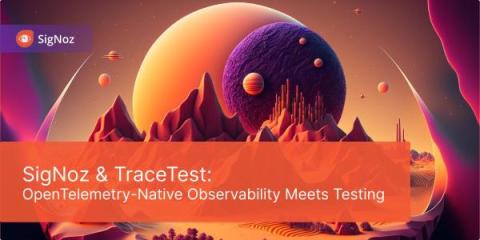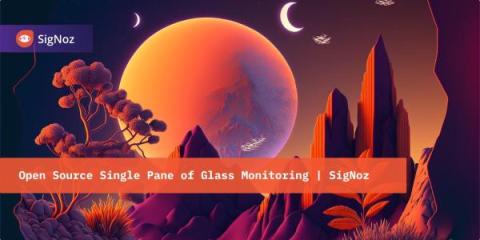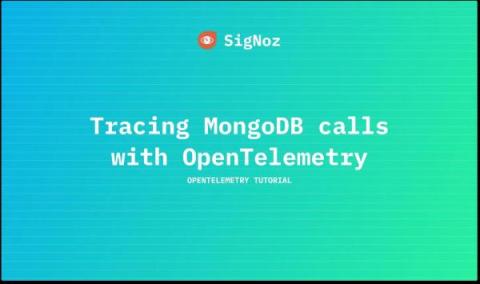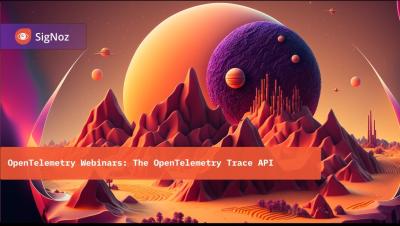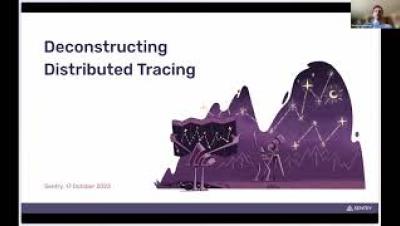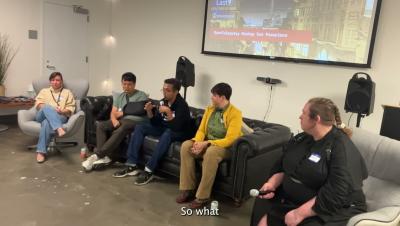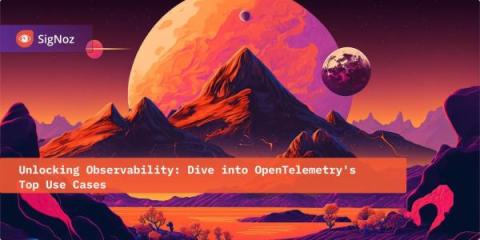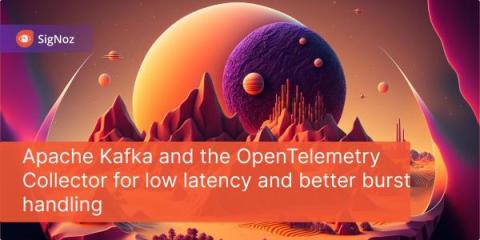Operations | Monitoring | ITSM | DevOps | Cloud
Tracing
The latest News and Information on Distributed Tracing and related technologies.
OpenTelemetry Logs - A Complete Introduction & Implementation
OpenTelemetry MongoDB | Monitor and visualize your MongoDB database calls
OpenTelemetry Webinars: The Trace API
How Distributed Tracing Works
OpenTelemetry For Humans
Who is software for? It’s an interesting question, because there’s an obvious answer. It’s for the users, right? If your job is to write software, then it’s implied that the most important thing you should care about is the experience people have when they use your software.
SanFrancisco OpenTelemetry Meetup - Pranay from SigNoz on choosing Otel from Day 1
Unlocking Observability - Dive into OpenTelemetry's Top Use Cases
Maximizing Scalability - Apache Kafka and OpenTelemetry
Delivering Distributed Transaction Tracing Across Integration MESH
Distributed transaction tracing (DTT) is a way of following the progress of message requests as they permeate through distributed cloud environments. Tracing the transactions as they make their way through many different layers of the application stack, such as from Kafka to ActiveMQ to MQ or any similar platform, is achieved by tagging the message request with a unique identifier that allows it to be followed.


